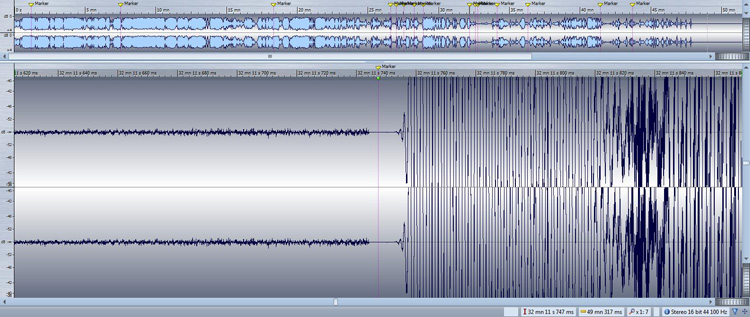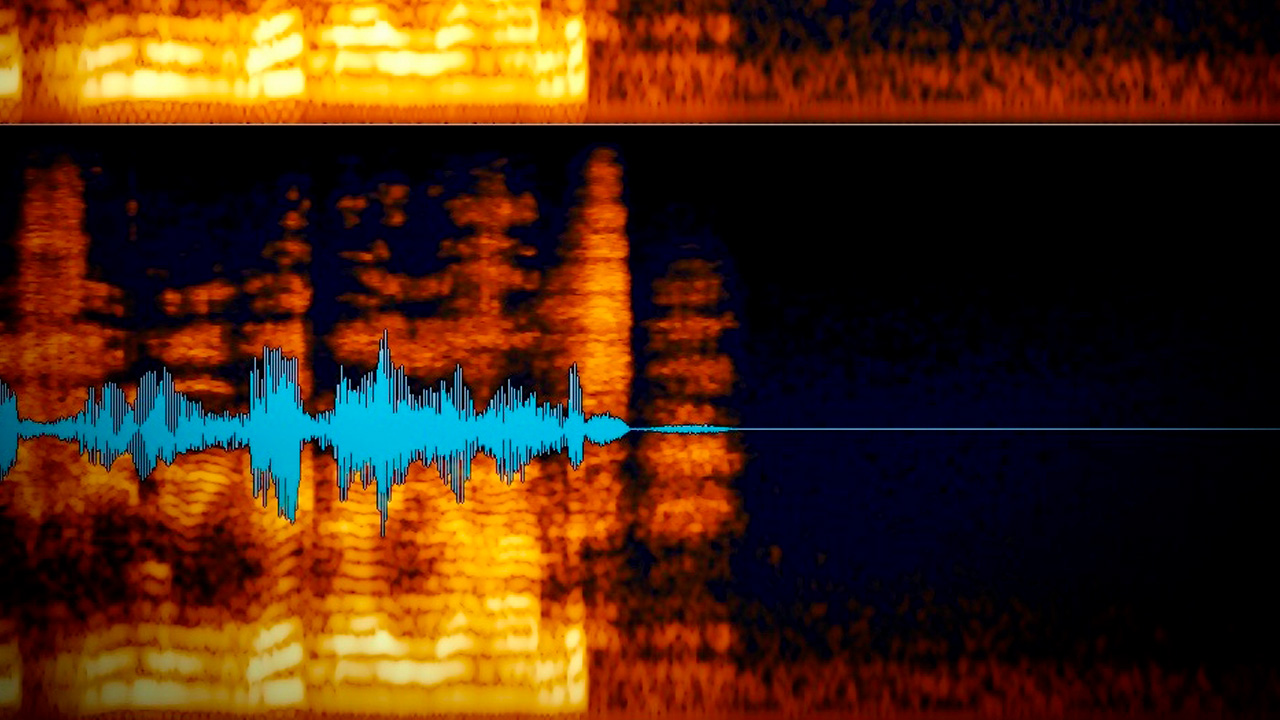Forensic audio is the application of audio technology to the areas of criminal and civil law, security, and other matters of public interest.
Phoenix Sound Studios analyze audio recordings for authentication and enhancement in both analog and digital formats and forensic audio transcription. Sophisticated processing techniques are applied to extract meaningful information from contaminated audio and improve the accuracy and reliability for transcription and forensic audio investigation.
Examples could include audio enhancement of voice mail and answering machine recordings, mobile devices, CCTV video, and concealed audio/video field recordings providing pre-trial preparation and expert witness testimony.
Phoenix Sound Studios can provide a complete detailed report of all work carried out if required. An audio/visual presentation of the results can be presented to law enforcement agencies, Police, law firms, courts, and other investigation agencies if needed.
Sensitive material is kept secure and we provide complete confidentiality. We guarantee it.
Authentication
Authentication of audio involves four steps-
- File analysis. If an audio file is in a digital format, then sometimes the metadata or header within the file itself can be examined and information extracted. This can help identify its origins such as the date created and the software/platform used for its creation.
- Critical listening to the audio to detect any abnormal or abrupt changes in levels and background noise that could indicate possible editing or tampering, anomalies, or alterations. Audio is monitored through multiple nearfield speakers in a control room that has had advanced room geometry optimization applied. This results in a reliable flat-frequency response. KRK Expose EB8, JBL, and Yamaha NS-10 monitors are used.
- Software is used for the measurement of certain frequencies and levels in program material. Spectrum analysis and spectral repair are utilized to detect specific characteristics and repair digital audio.
- Visual examination of audio files is used to identify any abnormal or abrupt changes in levels and background noise that could indicate possible editing or tampering of audio, anomalies, or alterations.
Below is an example of an edit point or alteration that was difficult to hear with critically listening but became quite obvious under visual examination. As you can see the noise floor has been cut and has disappeared momentarily indicating that the recording was not continuous and had been altered whether intentionally or unintentionally.

Enhancement
Audio enhancement is the scientific process of bringing clarity to audio recordings.
Compression and normalizing of audio are used to bring quiet sections up in volume and control the dynamic range of the material.
Equalization is used to cut or boost certain frequencies. This can either drastically reduce unwanted noise or make speech more intelligible.
Proprietary filters and spectral repair are used to remove elements of a recording such as spikes, hum, pops, and unwanted noise.
The enhancement process –
- Identifying unwanted sounds or noise.
- Reducing or removing unwanted sounds or noise.
- Report observations and opinions.
Forensic Audio Transcription
Forensic audio transcription is the scientific and unbiased documentation of dialog under controlled conditions. This process usually occurs after the enhancement of audio.
The difference between a transcript and a forensic transcript is that the latter is created by an expert who uses critical listening and spectral viewing to analyze certain syllables and formants of the human language. Forensic audio transcription requires someone who is an expert at understanding and deciphering dialog.



